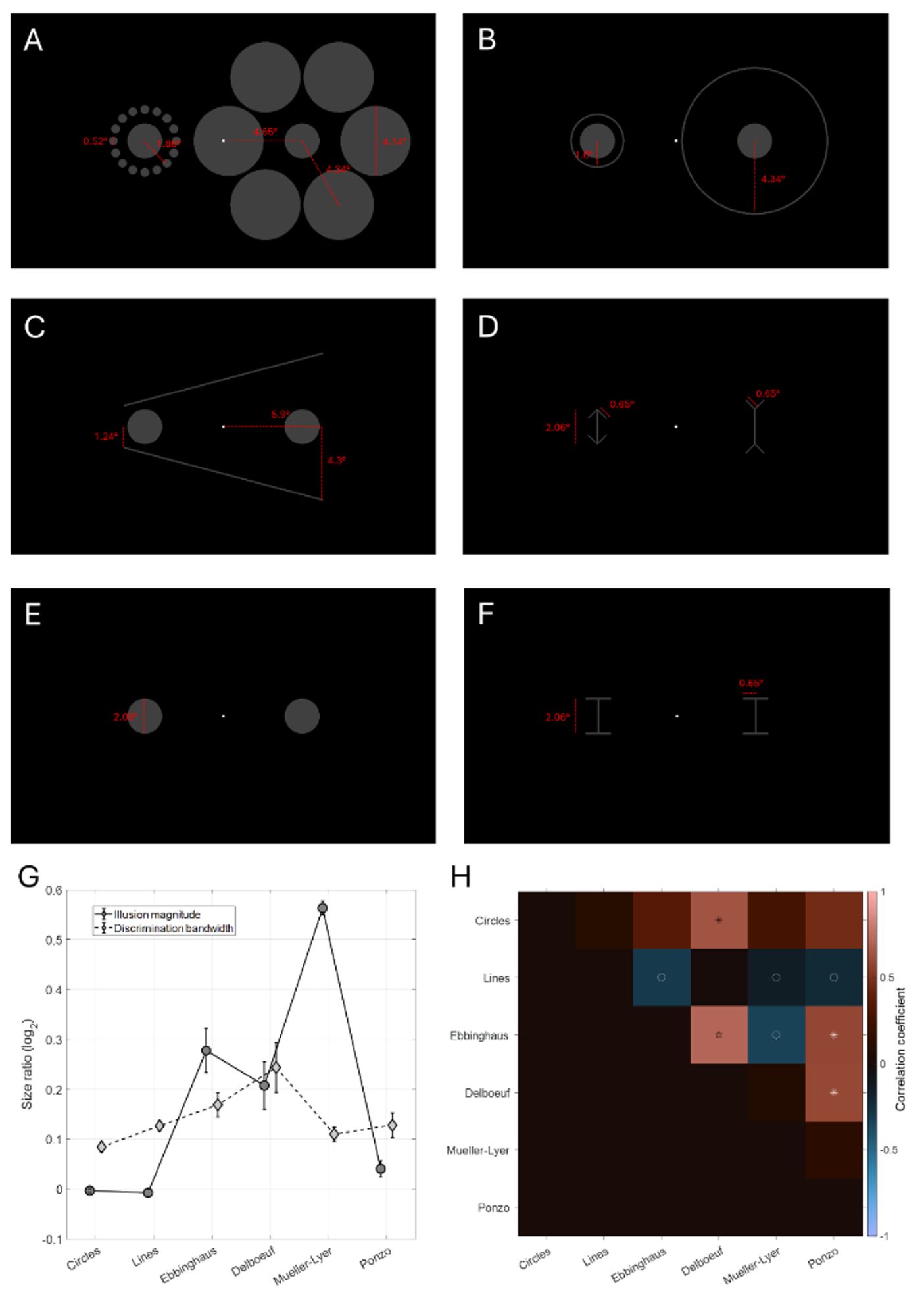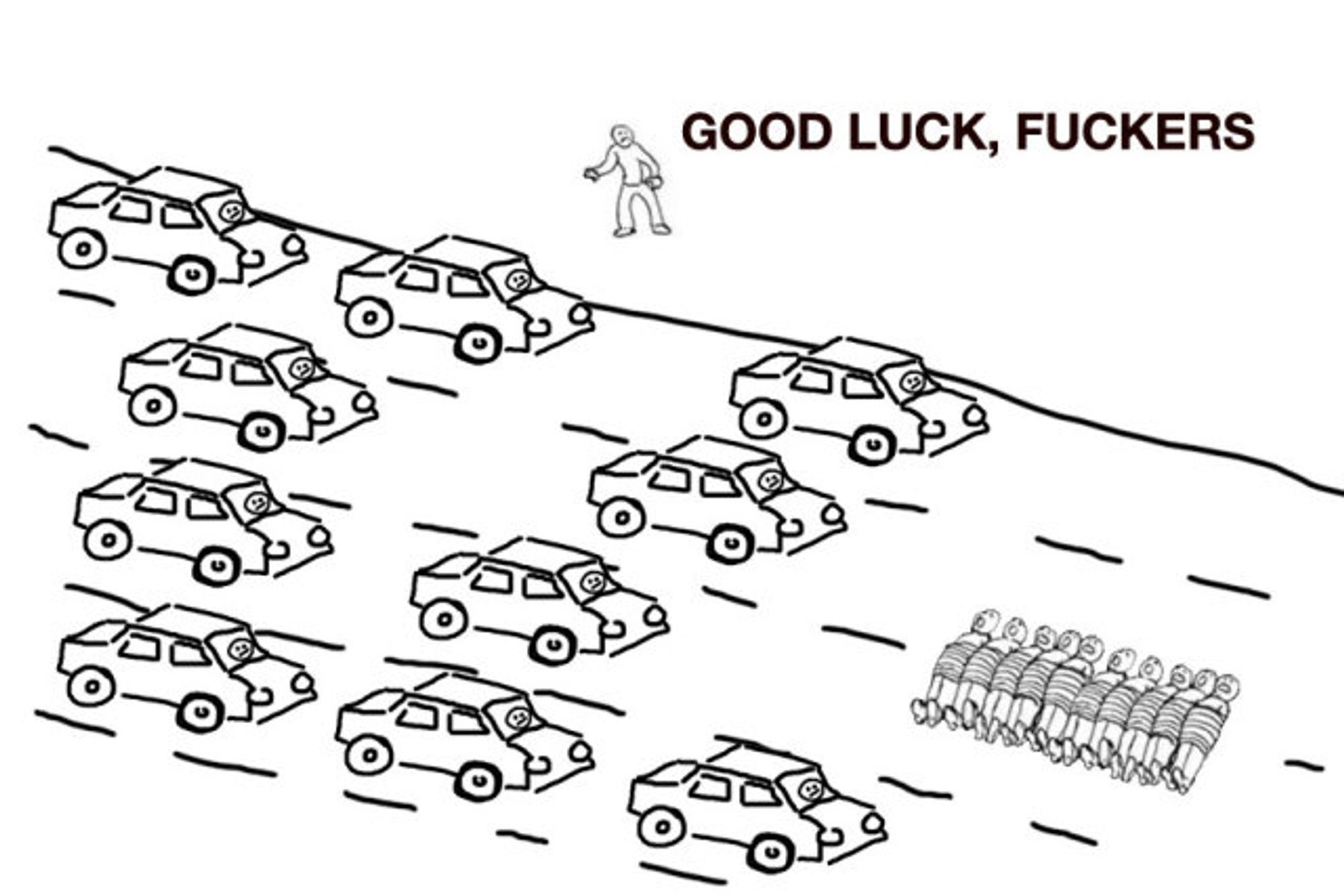That was a direct consequence of my screwing up in our 2013 paper when I wrote 'diameter' instead of 'radius'. 🤦 At least this way you can check on the stimulus image if the numbers actually make sense (and I hope I didn't make more mistakes... 😉)
And when you're referring visual processes back to the brain, it matters where in retinotopic space they are presented, for what duration, what contrast etc. This should really be obvious but apparently it isn't (and again, this is not about any one study). /GrumpyOldFartMode
Note I am not necessarily suggesting there is a right or wrong method to use. There can be good reasons to use adjustment tasks depending on the context of what you're doing. But our field must be more careful in interpreting perceptual estimates in different studies estimated by different methods.
This really isn't actually about their study. Our whole field is a right mess with as many procedures as there are research teams yet everyone tacitly assuming that they will yield the same outcomes. Evidently they don't. And this inevitably impacts studies of neural correlates or mechanisms.
I am referring to the preprint by Jastrzębowska et al: doi.org/10.1101/2023... (You may have seen me throw a couple of hissy fits about that). Not going into the discussion of that again. The point is that while measures should generalise up to a point, the experimental choices are important...

bioRxiv - the preprint server for biology, operated by Cold Spring Harbor Laboratory, a research and educational institution
Inspired by recent preprint failing to replicate some of our earlier findings, our latest study suggests: 1. Some (but obv not all) size illusions -do- share common mechanisms. 2. It really does matter -how- you measure the illusion strength. doi.org/10.1101/2024...#neuroskyence#visionscience

Why when you google how to do something the first half dozen hits are all goddamn YouTube videos? I don't want to waste my time watching someone's crappy demonstration - and usually rewatching several times - when I could just quickly read how to do it instead!
Why do I always forget to add tags? #visionscience#neuroscience
While widely assumed, few studies actually show a direct link between pRFs & spatial tuning in visual cortex. Here we found that adapting to spatial frequency modulates pRF sizes along with SF perception. By Ecem Altan with StevenDakin & Catherine Morgan: doi.org/10.1101/2024...



